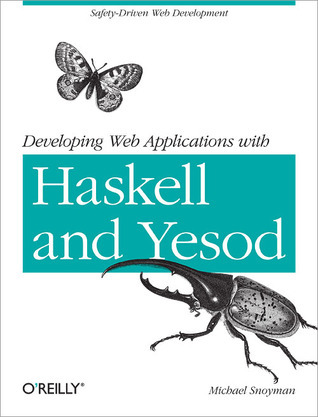What do you think?
Rate this book


294 pages, Paperback
First published January 31, 2012
The first group is long time Haskell users--already convinced of the advantages of Haskell—who are looking for a powerful framework for creating web applications. The second is web developers who are either dissatisfied with their existing tools, or are looking to expand their horizons into the functional world.